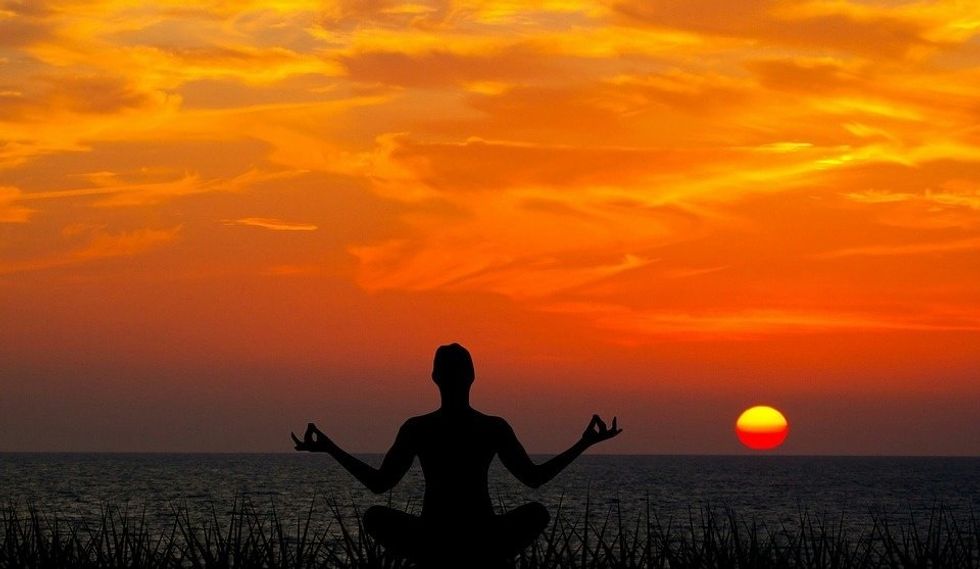In the start of each yoga practice, you can start on your back, in a child's pose, or standing up. This is very similar to how each person begins their life, in a relaxed pose, that is welcoming and accepting for a new existence to begin.
After the starting pose, most instructors guide their students through a variety of natural poses, such as Cat/Cow, Downward-Facing Dog, Forward Folds, and Mountain pose, that are used to get the body warmed up and ready for the practice ahead.
One's childhood, from about the ages of birth to 10-12, is focused on having fun and being a child. Although as life is never that simple, many children can face struggles during this time. Childhood like the beginning stages of yoga can be looked upon as enjoying the natural poses while also facing any difficulties such as working out the body's stiffness to get ready for the next stage. In terms of the cycle of life, childhood is the stage where one is slowly being prepared for young adult life, but while enjoying life's simple pleasures.
After moving through the beginning phase of yoga, one starts to move into more of the challenging poses or in terms of life, can be the teenage years. Here the poses begin to become more complicated, with doing a three-leg downward-facing dog, warriors one and two and high lunge. These poses use a combination of balance and strength, that takes more coordination, and at first, they can be somewhat hard to master, but through continued practice, it becomes easier.
Teenager years can be similar to what I am describing in this phase of yoga, as in the first few years navigating this new phase of life is challenging, but as one becomes older and has had more experiences, it is easier to find one's way.
Within yoga, there is a ton of poses that can be classified as a beginner or advanced. One's yoga practice can be restorative or challenging, all based on one's needs. Similar to how in life, at times, one needs to take a step back and do some self-care. At other points in one's life, it becomes all about the challenge, and one wants to discover what further accomplishments that can achieve.
Despite the different poses and how each yoga practice or class is different from the last, savasana stays the same. Savasana is known as corpse pose or final relaxation pose, in which you lay on your back with your eyes closed and appreciate all the work that you have done. Obviously, corpse pose can be related to the end of each life, in which one leaves their life and moves on to death.
Although death is the last phase of one's life, it like corpse pose can be looked upon as a time of reflection. Reflection in one's practice, or one's life, can help someone gain well-needed peace.
When coming out of savasana, one rolls onto one side, and it is in this moment that one is readying themselves to step out in the world again. This action of rolling to one's side body is what symbolizes the rebirth of a new life and allows for the cycle of life to continue.
- 18 Reasons Everyone Should Try Yoga No Matter How Old You Are ›
- Top 10 Yoga Retreats Around The World ›
- Life Lessons You Can Learn From Yoga ›
- How Yoga Saved My Life ›



















